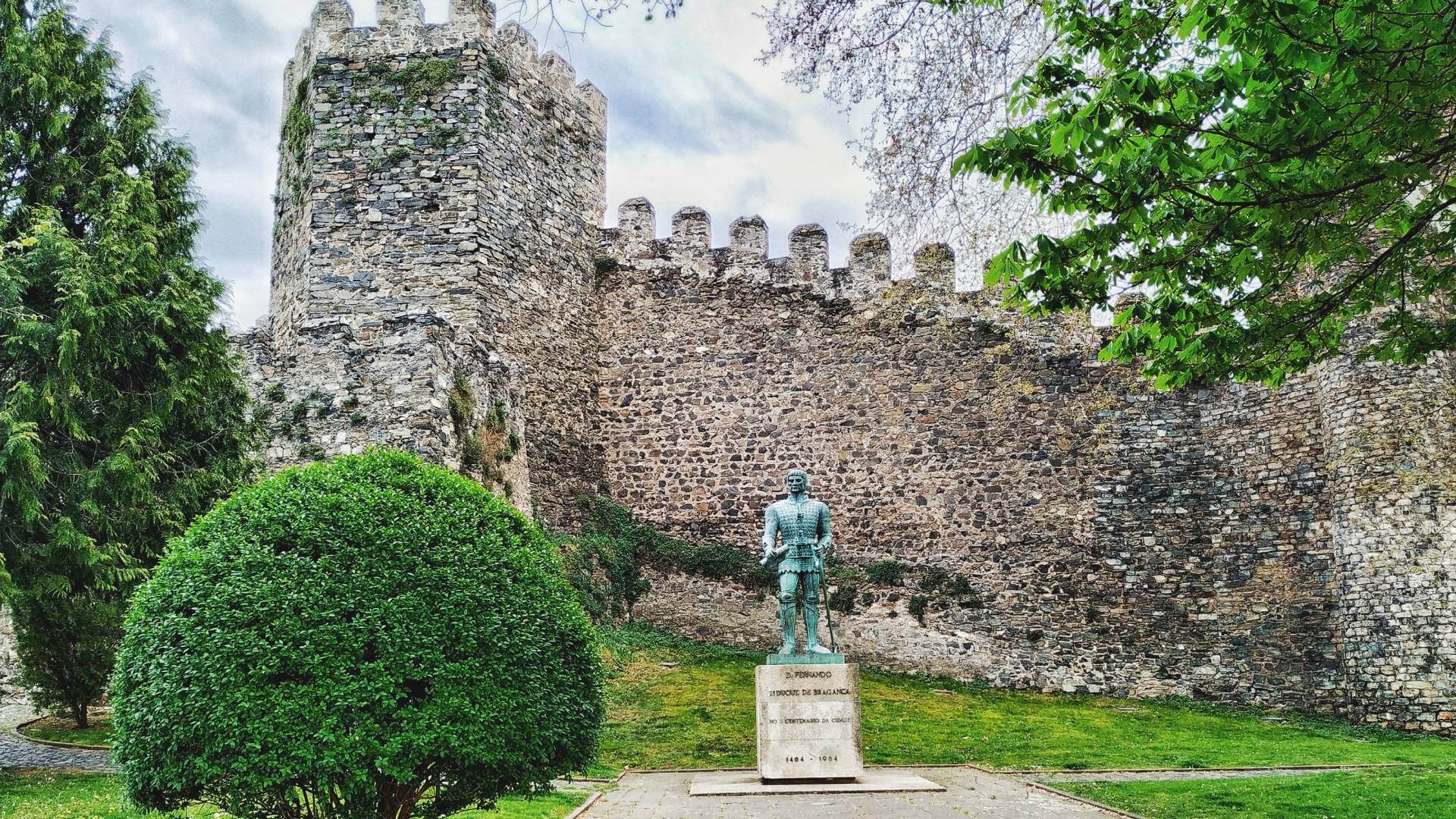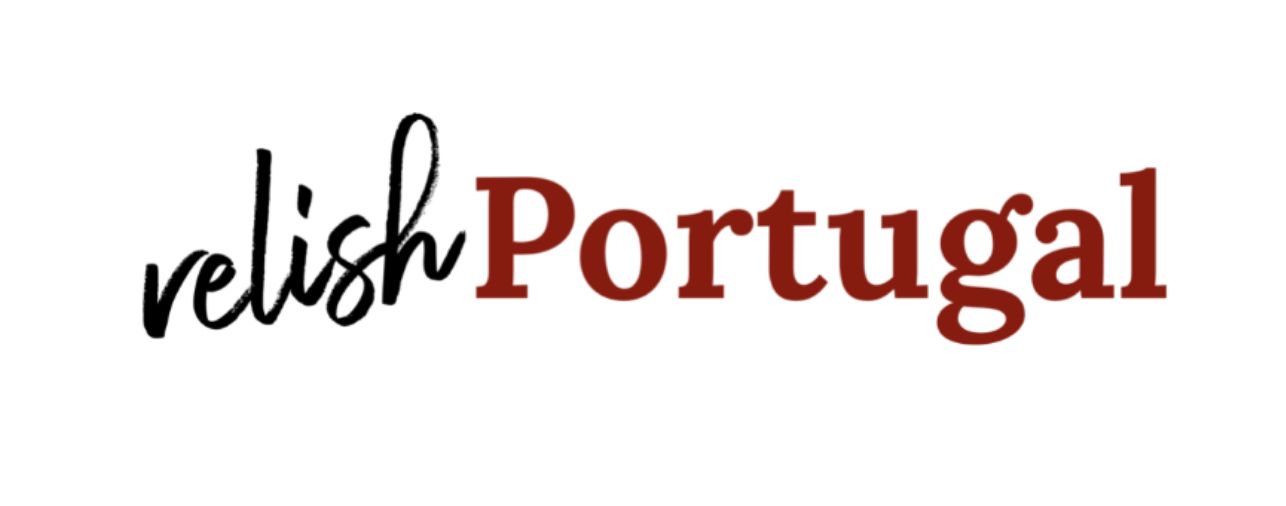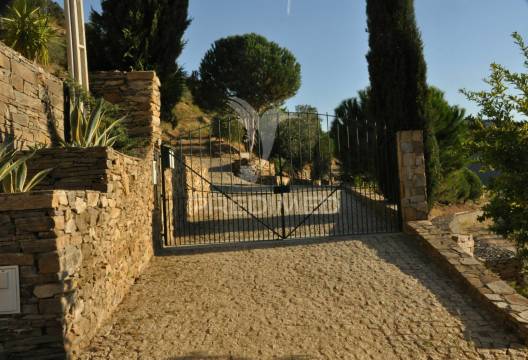
Up in Portugal’s northeast corner, you’ll find the district of Bragança, bordering Spain and occupying over 7% of the nation’s continental landmass. This district, the fifth largest, holds 149,000 of the nation's 10.5 million inhabitants. District capital Bragança is 217 km (135 miles) from Porto.
Bordered by Spain in the north and northeast, Vila Real District to the east, Viseu District to the southwest and Guarda District in the south, the district comprises of twelve municipalities and 299 parishes, located in the lesser-known regional classification of Trás-os-Montes (‘behind the hills’).
Enjoying around 2,500 hours of sunshine each year, Bragança is formed by the valleys of the River Douro and its intricate tributaries. The landscape is diverse and experiences contrasting climatic conditions with what can feel like a nine-month winter accompanied by three months of heat. Typically for Portugal’s interior, there’s an ageing population and a gradual migration of locals to the cities and abroad.
This district is the furthest from Lisbon and the combination of its remote location, topography and climatic conditions sets Bragança apart from much of the rest of Portugal in terms of economic development and its appeal to visitors.
The region is clearly prized for its unspoilt environment, a consequence of predominant near-subsistence agriculture, characterised by free-range cattle, dairy production and cereal cultivation. All of these are of course reflected in the local cuisine, perhaps most notably the Posta à Mirandesa, a local, large steak.
Tourism is clearly based on Bragança’s ancient and deeply rural atmosphere, which brings welcome economic impact. If trekking, camping and natural parks - namely Montesinho, Vinhais, Douro Internacional and the Paisagem Protegida da Albufeira do Azibo - are your thing, you will not be disappointed. You may be lucky enough to spot protected species such as the Iberian Wolf, Iberian Lynx, Common Genet, Red Fox and European Otter here.
Spanish tourists are a mainstay, who like to holiday and weekend at celebrated venues like the Pousada de Santa Catarina, which overlooks the Douro River.
If you are looking for urban excitement and elaborate infrastructure look further south, but Bragança does have its own regional airport with scheduled Aero VIP flights to Lisbon and Vila Real. There is no rail service to the city of Bragança as the station closed in 1991, but the Olmedo-Zamora-Galicia high-speed line plans may restore a service to the region, if not directly to the city. The Douro Valley railway line is a must-see delight for visitors, if not a commuter route.
There are occasional inter-community bus connections that also connect to many of the major cities in the region, including Porto, Lisbon, Vila Real and Coimbra. The A4, IP2 and the N103 motorways are the principal roadways. Freixo is crossed by the national EN221, providing an important connection to Salamanca, Spain.
The student population of Bragança is concentrated in the city capital, spread across a number of notable colleges: the Instituto Politécnico de Bragança (IPB), Instituto Superior de Línguas e Administração (Superior Institute of Languages and Administration) and Escola Superior de Enfermagem (Superior School of Nursing). Mirandela has a Piaget Institute. It’s worth noting that there are not enough children to maintain some rural schools, which can face closure.
Bragança has a strong and evident artisan tradition based mainly on wool and cotton. You’ll find delightful quilts, towels and embroidery, as well as metal-smithing, basket-weaving and silk production. The fact that you may even hear ancient languages like Leonese and Mirandese still spoken here, says a lot about the pace and quality of local life.
Typically a three-bedroom apartment in the city will cost up to € 750 per month, but bargains can be found as low as € 300 per month if you search hard enough and are even lower outside of the city centre ranging between €175 up to € 550 per month.
Purchasing an equivalent property is approximately € 1350 per square metre in the City centre and around € 1000 per square metre outside of the centre.
For help with EU Legislation regarding all aspects of living and working within the EU, please use the links below.
EU Help in Your Own Language
EU Help and Advice: Doing Business
EU Help and Advice: Life and Travel
If you are planning a trip to view properties in this District and need help or guidance, get in touch Contact us and we will put you in touch with a property expert that speaks your language.
For a detailed look at the area topography please click here
If you are planning a trip to view properties in this District and need help or guidance, get in touch Contact us and we will put you in touch with a property expert that speaks your language.
For more factual information regarding Portugal, we recommend that you join and view our resource partner.
This district is sponsored by our Legal Partner, our Foreign Exchange Partner and our Official Food Partner.
If you are looking for qualified mortgage advice we recommend using Portugal Mortgage Brokers our approved Mortgage Partner.













